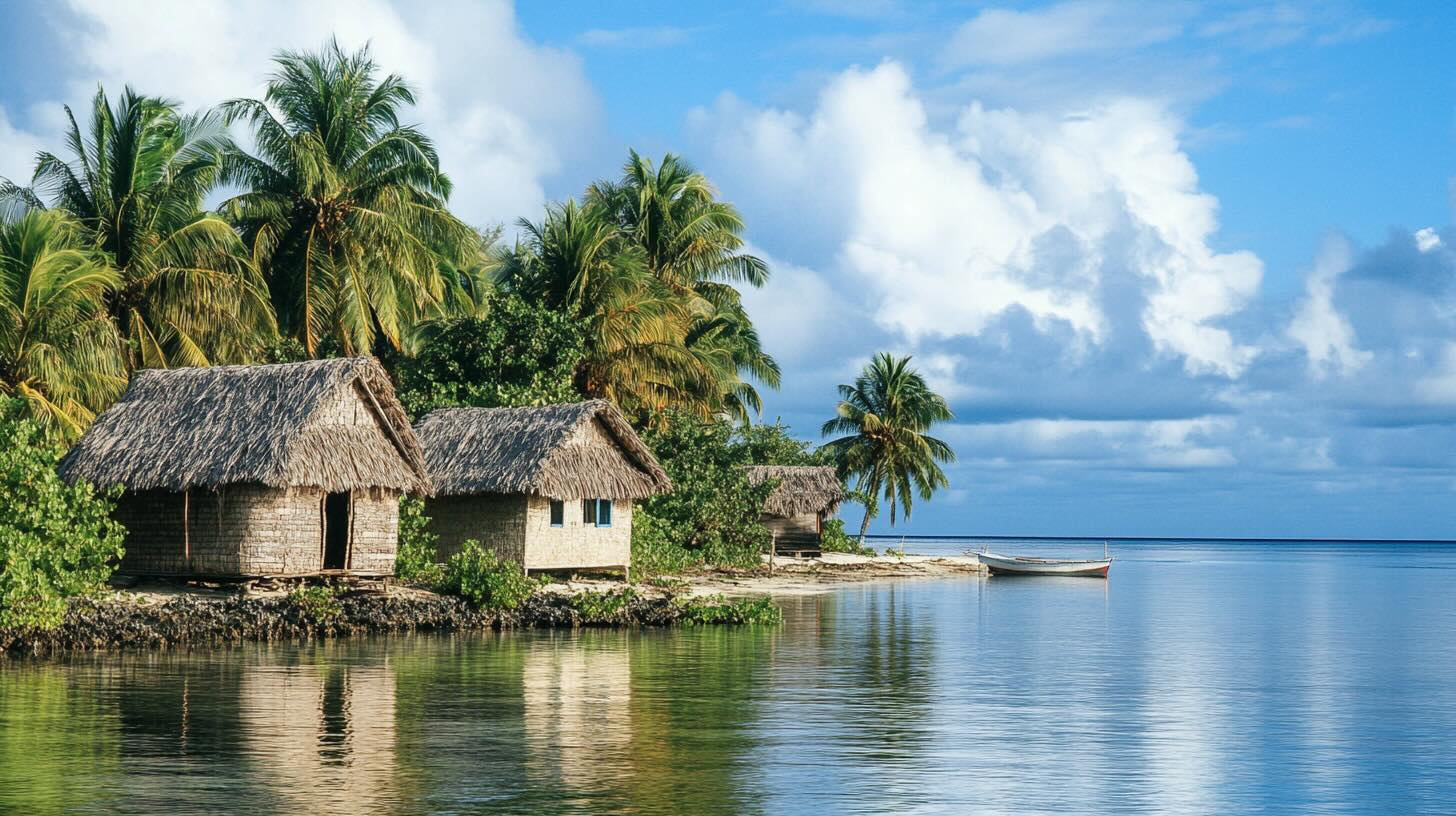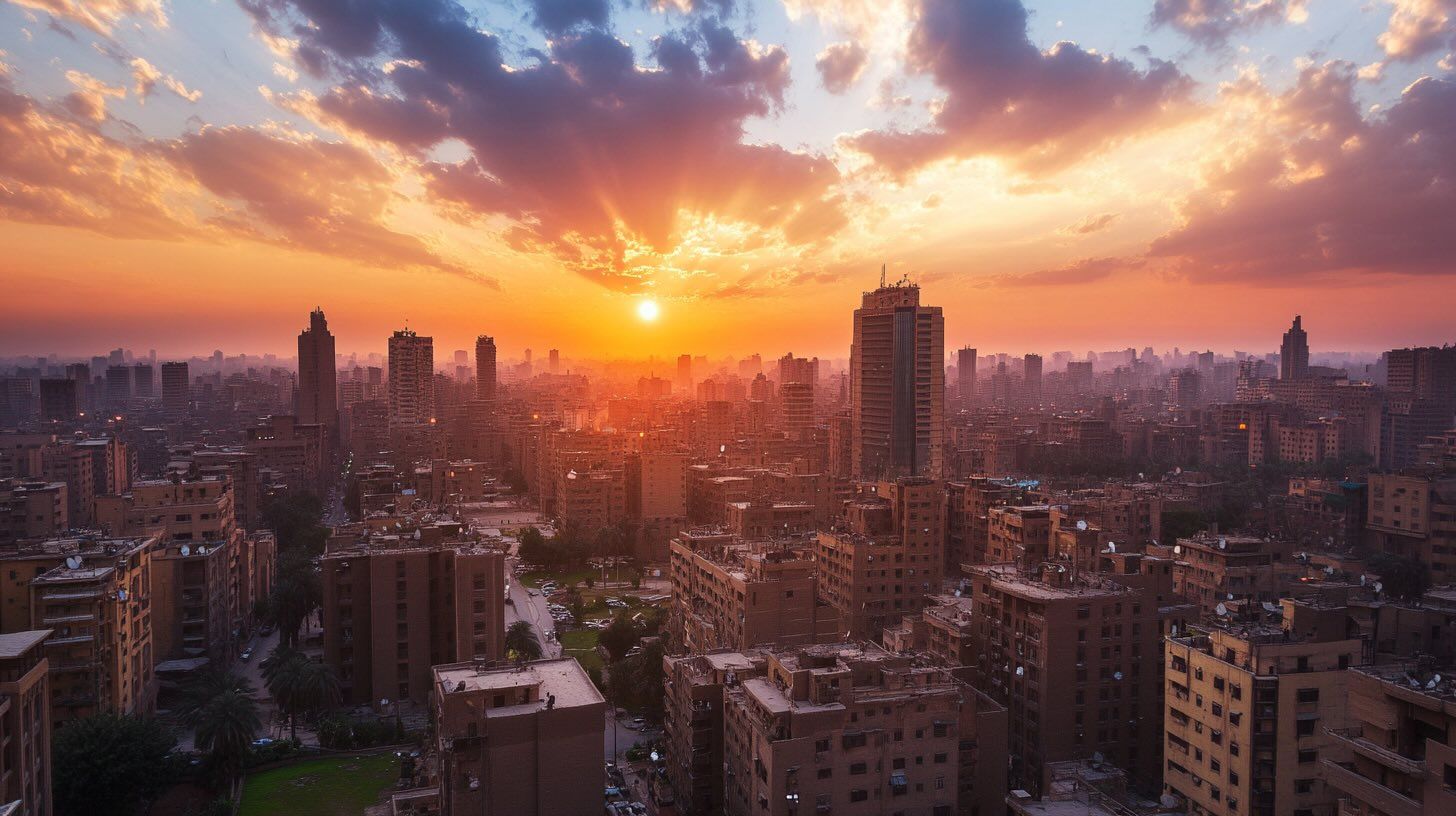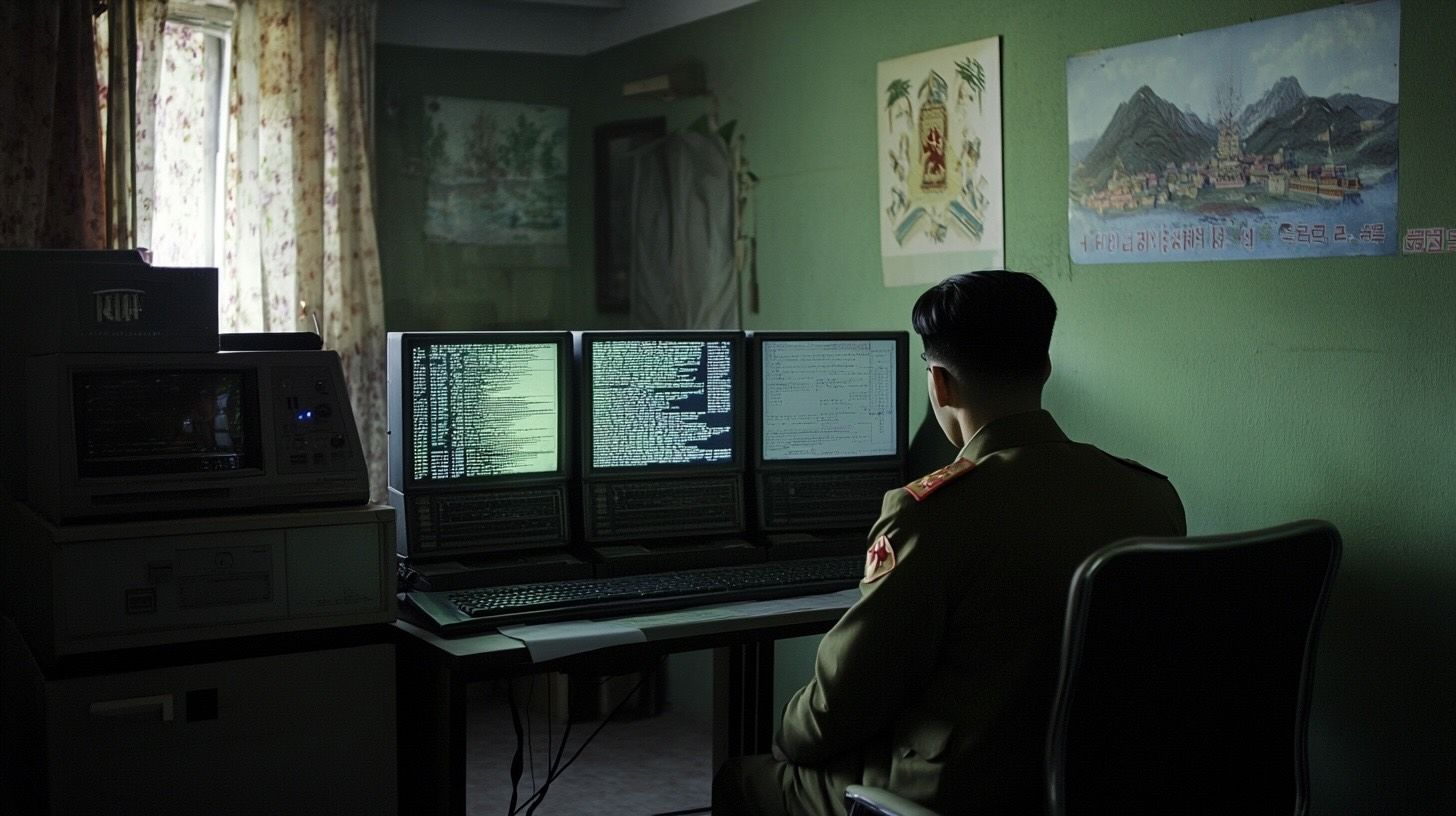
Wi-Fi on Everest, Firewalls in Lhasa: Inside Tibet’s Internet Revolution
A China Mobile 5G base station was installed at Mount Everest base camp at 6,500 meters in 2020, making it the world’s highest 5G site. By 2019, more than 98% of Tibet’s villages had fiber‑optic broadband and 4G mobile coverage due to government investment. By 2018, government universal service projects connected over 5,000 villages with broadband across Tibet. End of 2019 Tibet had about 50,000 mobile base stations, rising to 60,500 by late 2022. By 2023, 5G network coverage extended to all towns in Tibet. By November 2022 Tibet had 1.28 million fixed broadband internet users, with 98% of those










